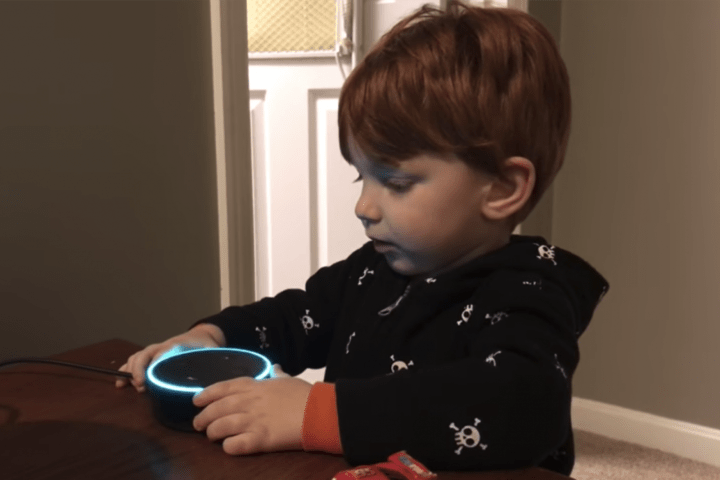Incidente 56: Las fundas para teléfonos diseñadas con IA son inesperadas
Entidades
Ver todas las entidadesClasificaciones de la Taxonomía CSETv1
Detalles de la TaxonomíaIncident Number
56
AI Tangible Harm Level Notes
AI system or bot used to create phone cases.
Notes (special interest intangible harm)
Although the phone cases may be strange and unusual, there was no harm.
Special Interest Intangible Harm
no
Date of Incident Year
2017
Date of Incident Month
07
Clasificaciones de la Taxonomía CSETv0
Detalles de la TaxonomíaProblem Nature
Specification, Assurance
Physical System
Unknown/unclear
Level of Autonomy
Unclear/unknown
Nature of End User
Amateur
Public Sector Deployment
No
Data Inputs
Unknown
Risk Subdomain
1.2. Exposure to toxic content
Risk Domain
- Discrimination and Toxicity
Entity
AI
Timing
Post-deployment
Intent
Unintentional
Informes del Incidente
Cronología de Informes

Un bot de IA de Amazon que se creó para diseñar fundas para teléfonos inteligentes se ha equivocado de manera encantadora e hilarante. Se supone que el bot de Amazon genera fundas para teléfonos basadas en búsquedas de imágenes populares, p…

En lo que es el mejor proyecto de arte, el mejor movimiento comercial, o ambos, alguien ha creado lo que supongo que es un bot que está produciendo miles de fundas únicas para iPhone a la venta en Amazon. Prácticamente todos ellos son obras…

¿Qué tienen en común una colección de cucharas de madera, una canaleta de lluvia recién instalada y una máquina de diálisis? Todos se verían fantásticos en su próximo estuche para teléfono inteligente de acuerdo con my-handy-design, un bot …

1.1k COMPARTIDOS Compartir Tweet Reddit Pinterest Stumbleupon Linkedin
Una IA El bot creado por Amazon para diseñar específicamente fundas para teléfonos inteligentes se ha superado a sí mismo de maneras que ni siquiera puede imaginar. Se s…

Amazon es realmente el sitio web donde puedes comprar de todo: libros, juegos, vino y una funda para Samsung Galaxy S5 decorada con una imagen pixelada de un "soporte de rodillera de ángulo ajustable médico para lesiones en la pierna o la r…

Amazon Prime Day ya casi está aquí, pero hay algo más que llama la atención de las personas en Amazon esta semana.
Un vendedor que parece ser un bot está fabricando fundas para iPhone y teléfonos Samsung con imágenes extrañas, y posiblement…

Comparte esta publicación en FB:
El vendedor de Amazon, My Handy Design, utiliza inteligencia artificial para crear diseños para las fundas de sus teléfonos, sin embargo, a medida que se desplaza por su galería de productos, es evidente que…
Variantes
Incidentes Similares
Did our AI mess up? Flag the unrelated incidents

FaceApp Racial Filters

Biased Google Image Results

Alexa Plays Pornography Instead of Kids Song
Incidentes Similares
Did our AI mess up? Flag the unrelated incidents

FaceApp Racial Filters

Biased Google Image Results







